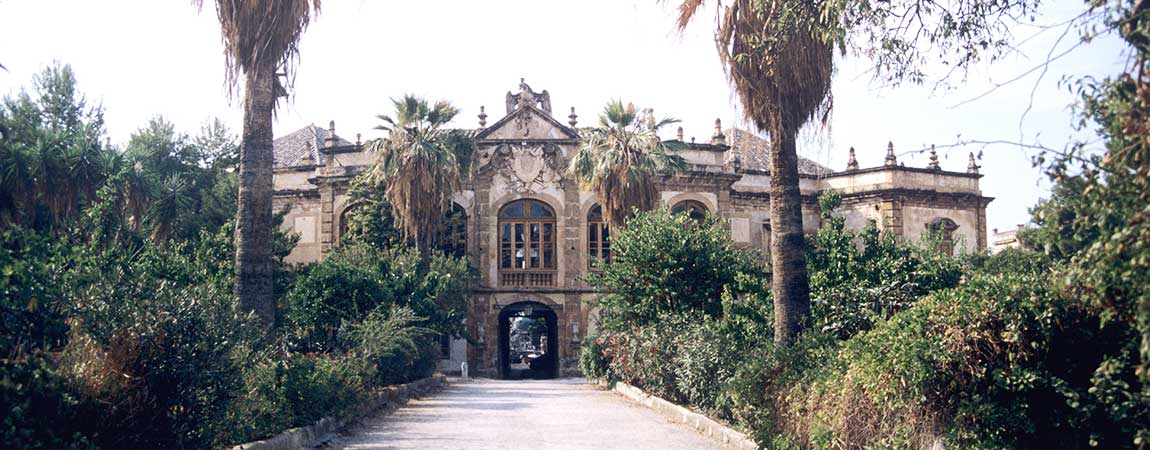
There are legends that tell of ghosts and apparitions and the Villa dei Mostri in Bagheria, Villa Palagonia, has an illustrious one: Francesco Ferdinando Gravina and Alliata, VII Prince of Palagonia.
In a context where reasoning offers no room for imagination as in our techno-digital age, there are those who firmly believe in the possibility that a supernatural world exists made up of inexplicable presences such as, for example, ghosts.
A Bagheria Villa Palagonia – also known as the Villa of Monsters – would be haunted by an illustrious specter, the VII Prince of Palagonia Francesco Ferdinando Gravina and Alliata, which would manifest itself constantly.
The hypotheses that lead to the truth about the Villa dei Mostri in Bagheria
Obviously according to one's nature, everyone has reason to believe the existence or not of the ghost but where we wanted to inspect the possibilities of its real presence, we can list the hypotheses that help us discover the truth.
The first, which is also the most obvious, is that the ghost of the VII Prince of Palagonia does not exist or is no longer present inside the Villa dei Mostri in Bagheria since the people who were able to freely walk around outside the construction even at night, has not seen anything abnormal even if the personality that distinguished the then illustrious inhabitant is well present thanks to the sixty-two grotesque statues made by the Prince in Aspra tufaceous stone which earned him the nickname de The Necromancer.
These are installations that were placed as guardians of the villa with very disturbing features that gave rise to numerous legends such as one, the best known, which says that the villa has an evil influence above all on pregnant women.
History of the Villa dei Mostri in Bagheria
Villa Palagonia was commissioned by Don Ferdinando Francesco Gravina Cruyllas Bonanni V Prince of Palagonia grandfather of Prince Francesco, who was a knight of the Golden Fleece having received this honor from the kings of Spain. The construction project was entrusted to a famous architect of the time, Tommaso Maria Napoli while the works saw their direction in the hands of the architect Agatino Daidone.
Upon the death of the V Prince of Palagonia, his son Ignazio Sebastiano Gravina, started the construction of the lower parts that are located all around the villa while his son, the famous Necromancer, provided for other works to be carried out starting from the second half of the eighteenth century of decoration both inside and outside the monumental villa with the result that this was characterized by its eccentric strangeness.
It is due to the half-brother of the VII Prince of Palagonia – who was also his son-in-law – Don Salvatore Gravina and Cottone, the enrichment of the eighteenth-century neoclassical decorations that adorn the building, making it closer to what was the trend of the time.
An example of the extravagant personality of the so-called "necromancer" can be found right inside the vestibule on the noble floor embodied in the decoration relating to the Labors of Hercules. Oddities desired by the prince who wanted to surprise his guests in an original way such as the writing visible in the beauty hall of mirrors which reads "Mirrored in those crystals and in the same singular magnificence, contemplate the imago expressed in mortal frailty".
Again to understand the joking spirit, it is possible to refer to the joke as that of a hook in the shape of an outstretched hand capable of entangling the eighteenth-century toupees of those who passed under it or of the presence of a secret mirror from where the prince could hear and see his guests.
Surprises follow one another in various parts of this villa which must be interpreted without having any reverential fear originating from the severe aspect that it presents through the busts of the prince's ancestors while it is better to appreciate its beauties such as those that emerge from the monumental double staircase and from the halls marked by decorations that show a singular oriental style.
In short, there is enough to motivate stimuli Curiosity which invite you to visit the so-called Villa dei Mostri in Bagheria, which today belongs to the Castronovo family.
© Image by Jpbazard Jean-Pierre Bazard, CC BY-SA 3.0, via Wikimedia Commons









